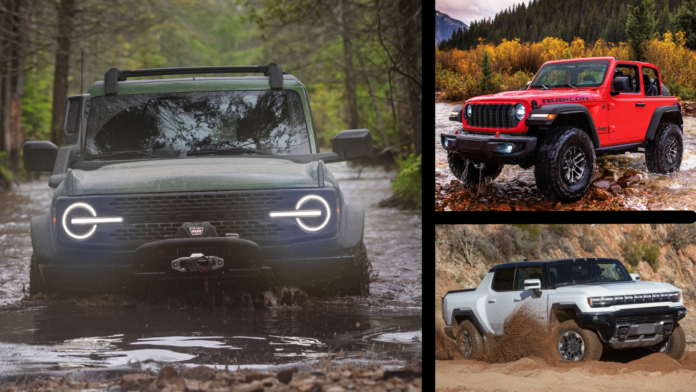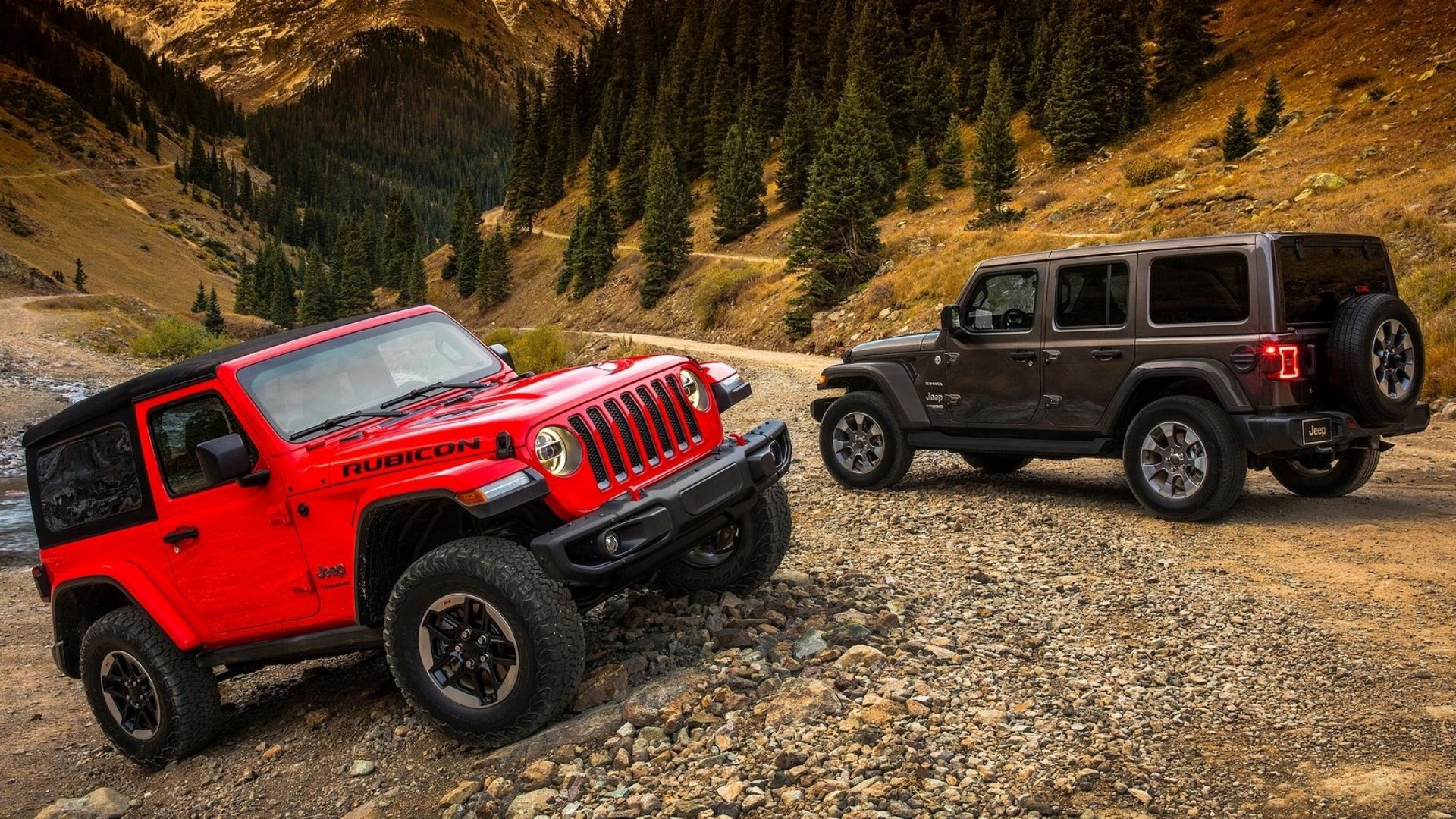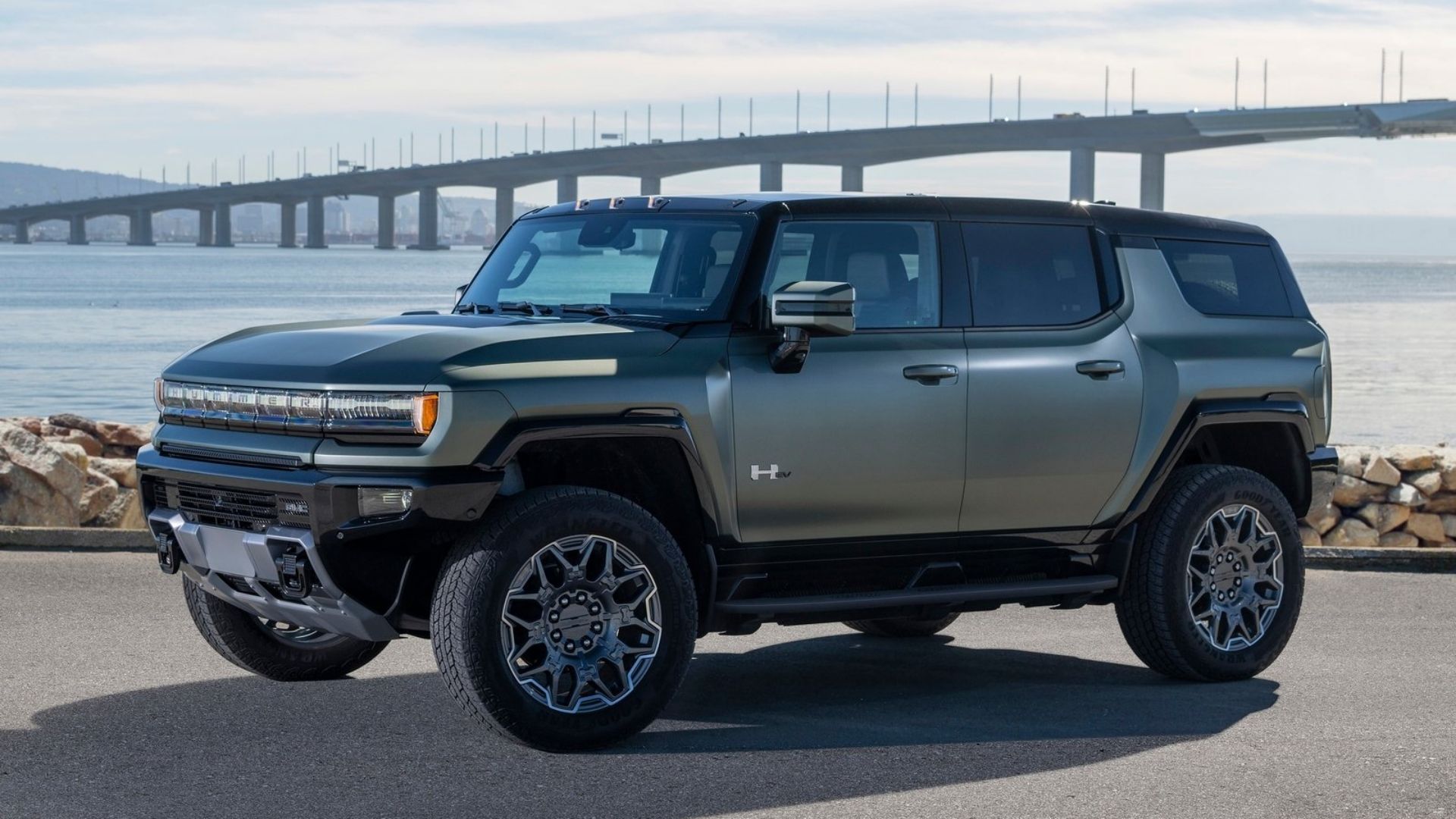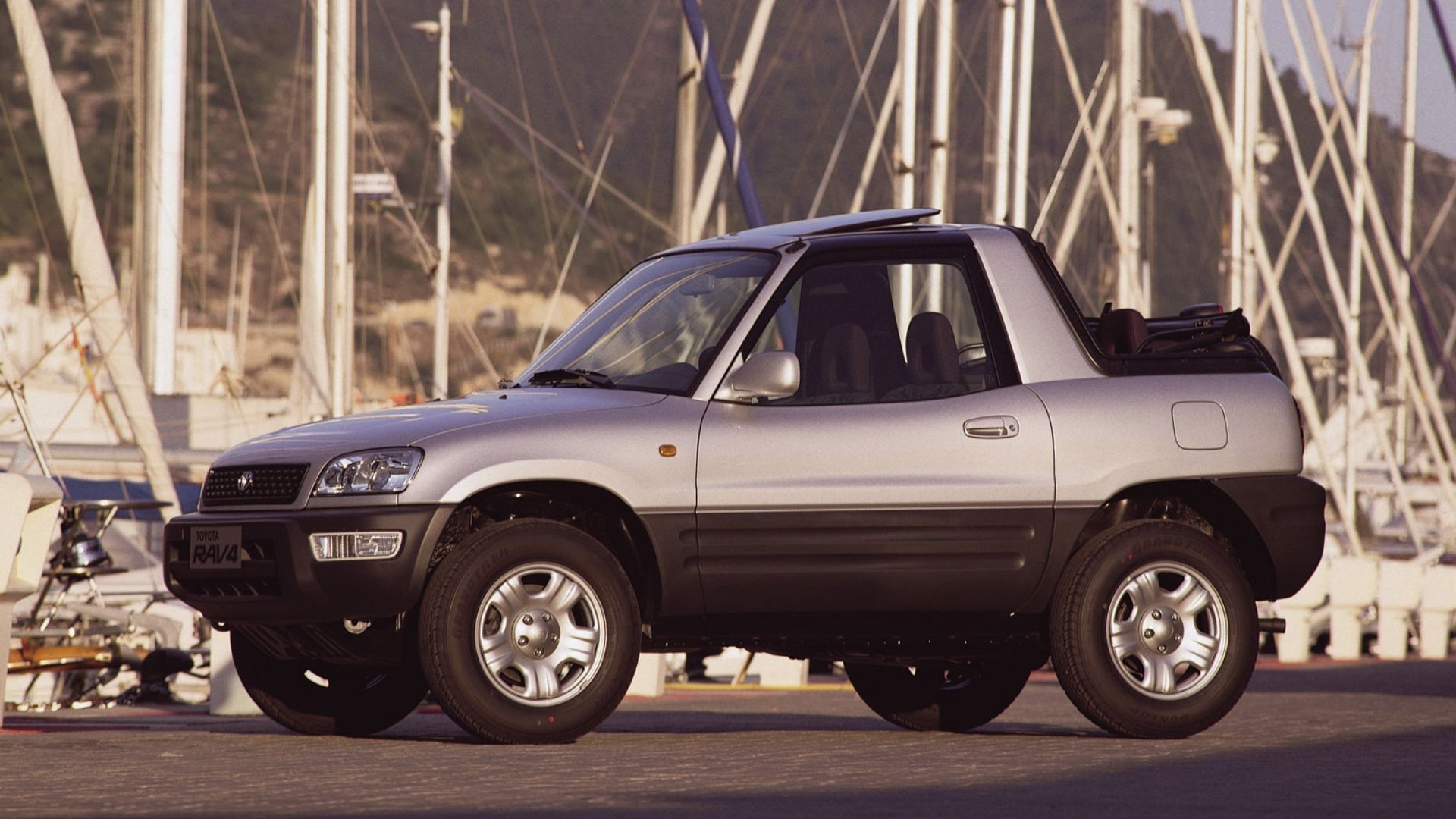Quick Links
-
Ford Bronco/Bronco Raptor
-
What Happened To Open Top SUVs?
The convertible SUV was once the 20th-century open-road adventurers’ calling card. You could get lost on the rugged trails without the worry of getting stuck, all the while enjoying the sunshine through an open roof. These days, you’re hard-pressed to find any SUVs with this feature anymore.
So, that got CarBuzz thinking. What convertible SUVs are left in the US? We’ve found the last three, and we’re going to tell you all about them below. Read on to see just what happened to the open-top SUV and why there are only three left in the domestic-built market today.
Related
Two-Door SUVs: 10 Of The Best And Worst
Not all two-door SUVs were created equally.
The specs of the following SUVs were taken from their individual manufacturer’s websites, and stories on their histories were taken from sites such as MotorTrend.com.
Ford Bronco/Bronco Raptor
Model Specs
|
Model |
Bronco |
Bronco Raptor |
|---|---|---|
|
Powerplant |
2.3-Liter Turbocharged Inline-Four / 2.7-Liter Twin-Turbo V6 |
3.0-Liter Twin-Turbo V6 |
|
Horsepower |
275 HP / 330 HP |
418 HP |
|
Torque |
315 LB-FT / 415 LB-FT |
440 LB-FT |
|
Min Ground Clearance |
8.4 Inches |
13.1 Inches |
|
Starting Price |
$39,630 |
$90,035 |
The first convertible SUV we’ll be discussing is, arguably, the most popular: the Ford Bronco. Recently, the Bronco name was resurrected, bringing back the good ol’ days with modern styling, amenities, and power added in.
The Bronco can trace its roots back to 1966 when it was introduced as a simple, two-door off-road vehicle. Ford decided to build an entirely new chassis for their new Bronco instead of using an existing one, a tradition that lasted up until the Bronco’s second generation debuted in 1978 when it adopted the F-Series pickup’s undercarriage. The Bronco was built to compete with the other ORVs (Off-Road Vehicles) of the time, which consisted of the International Scout, Jeep CJ-5, and the Toyota Land Cruiser. Ford wasn’t aware of the cultural significance the Bronco would eventually have, but it was quickly realized.
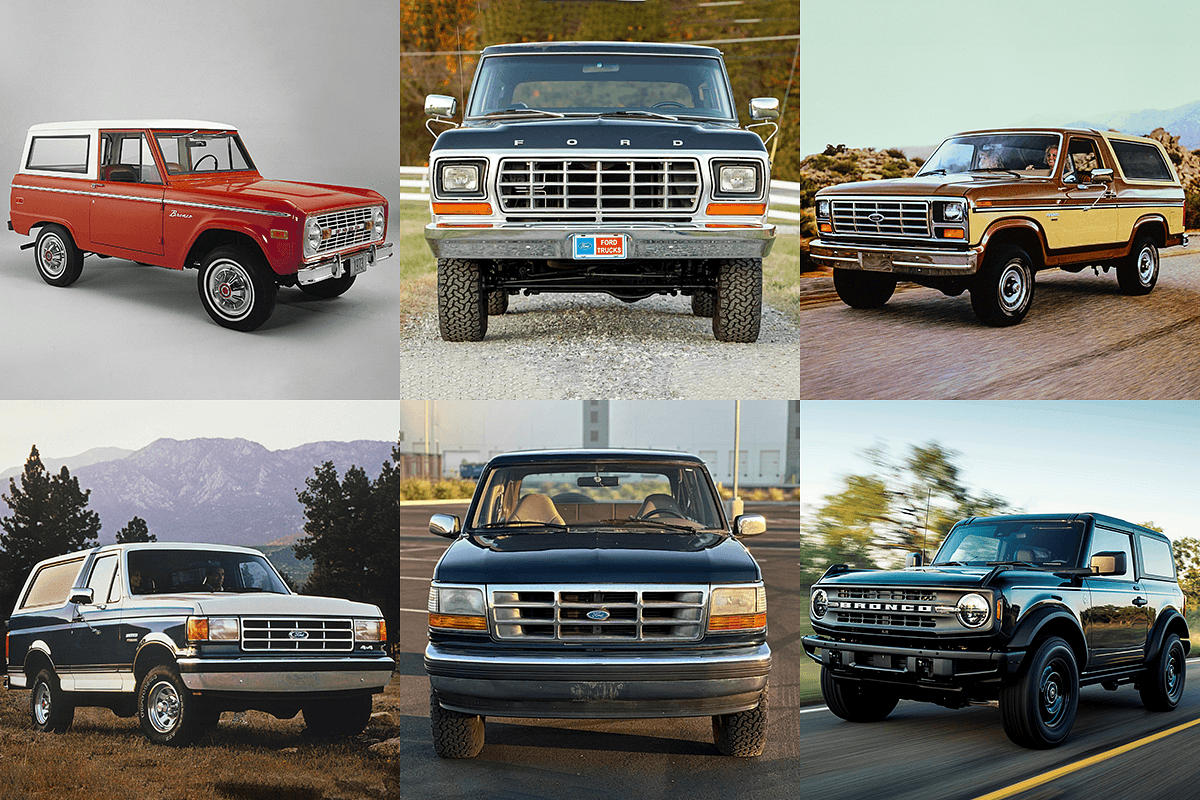
Related
Ranking Every Ford Bronco Generation From Worst To Best
Even the lowest-ranked Bronco generation was a great SUV.
Throughout its first 30 years, the Bronco went through five generations and several facelifts. In 1978, the second-generation Bronco was released, and it took on a vastly different look than the original. Suddenly, the Bronco was a full-size, pickup truck-based SUV with a couple of V8s on offer. The second-generation Bronco also introduced the familiar shape that lasted until its discontinuation in 1996.
Today, the Bronco has come back as a midsize SUV based on the current T6 Ford Ranger platform. Initially, it was offered with a 2.3-liter inline-four or a 2.7-liter twin-turbo V6 borrowed from the Ford F-150. Come 2022, Ford announced their intention to build a Bronco Raptor, expanding the popular Raptor trim offered on the F-150. The Bronco Raptor comes with a red-hot 3.0-liter twin-turbo V6 and some unique off-road upgrades. Most importantly, the Bronco has retained its ability to have its top removed, a staple Bronco feature since its 1966 introduction.
Jeep Wrangler
Model Specs
|
Powerplant |
2.0-Liter Turbocharged Inline-Four |
3.6-Liter Pentastar V6 |
6.4-Liter Hemi V8 (Wrangler Rubicon 392) |
|---|---|---|---|
|
Horsepower |
270 HP |
285 HP |
470 HP |
|
Torque |
295 LB-FT |
260 LB-FT |
470 LB-FT |
|
Min Ground Clearance |
9.7 Inches |
11.1 Inches |
|
|
Starting Price |
$34,745 |
$31,895 |
$93,440 |
While the Jeep Wrangler may not share the same popularity as the Bronco for having a removable hardtop, it is arguably the most popular off-roader ever conceived in the United States. Its history loosely spans over eight decades, and it’s been America’s icon for unlimited exploration.
The basic premise of the famous Jeep was first introduced in 1941, just before the United States would be thrown into World War II following Japan’s attack on the Pearl Harbor naval base in Hawaii. It had been in the design stage since 1940 when the threat of potential war in Europe was first sensed by American leadership. They’d realized that in an all-out ground war, reliable, light transportation would be tantamount to success. So, the majority of its development was handed off to Bantam, Willys, and Ford, who all produced the Jeep during wartime.
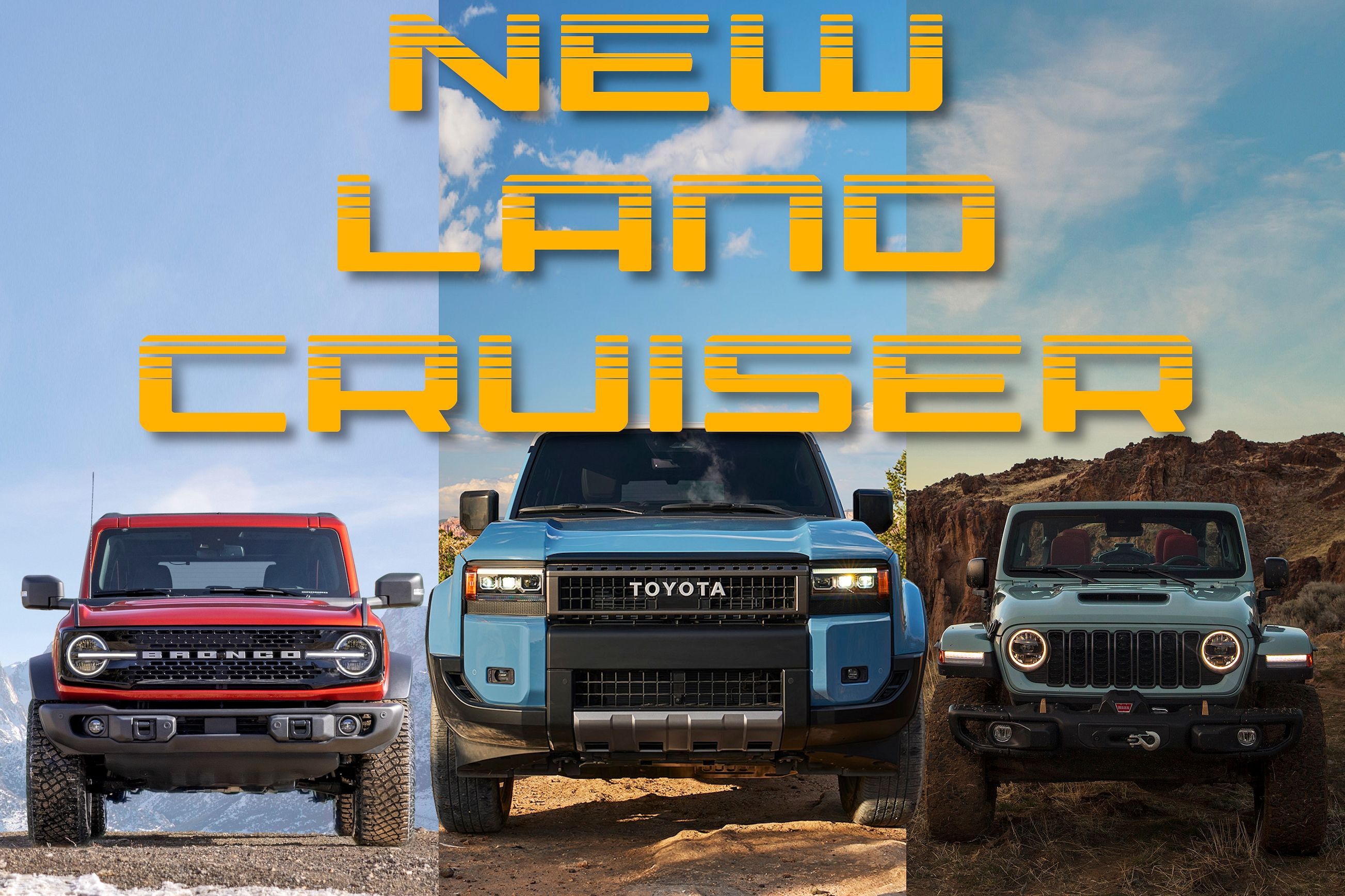
Related
Retro Off-Roader Comparison: Toyota Land Cruiser Vs. Jeep Wrangler Vs. Ford Bronco
Which one of these retro off-roaders deserves your hard-earned cash?
Once the war was over, Willys continued to manufacture the Jeep. It was modestly popular but not to the level that the company had envisioned. Mitsubishi bought licensing rights and began building its own Jeep, as well, but it did poorly in sales. The Jeep CJ-5 (CJ standing for Civilian Jeep) was introduced in 1955, and it was an instant hit. The more modern CJ-7 followed it into production starting in 1976.
The Wrangler, born of the CJ-7, finally saw the light of day in 1986, and it’s been in production ever since. So far, it’s spanned four generations and has grown quite a considerable amount in size, moving from a cheap and rugged off-roader to a more road-focused family SUV. However, Jeep is careful not to take the family goodness too far, as they leave enough of the Wrangler’s roots intact, along with its ability to go off-road. One very important aspect it’s kept through the decades is the ability to take its roof off, although the hardtop is an optional extra.
GMC Hummer
Model Specs
|
Powerplant |
Dual “Ultium Drive” Electric Motors |
Triple “Ultium Drive” Electric Motors |
|---|---|---|
|
Horsepower |
625 HP |
830–1,000 HP |
|
Torque |
N/A |
Up to 1,200 LB-FT |
|
Min Ground Clearance |
10.2 Inches |
|
|
Starting Price |
$98,845 |
$106,945 |
The Hummer also began its life in the military. Back in 1984, the US military was looking for a light transport vehicle to replace its aging fleet. AM General, now defunct, won a contract to produce the military’s next-generation light transport: the Humvee. While the Humvee is still in production today, it was the basis of the first civilian Hummer, the H1.
1992 saw the introduction of the Hummer H1 after Arnold Schwarzenegger, who was then filming for Kindergarten Cop, saw a convoy of Humvees on the road and began lobbying for a civilian model. AM General obliged, and the Hummer was born. It was largely based on its military counterpart, although it included some creature comforts such as air conditioning, a stereo, and sound insulation. It was, however, still a military vehicle at its core, and it showed.
25:23
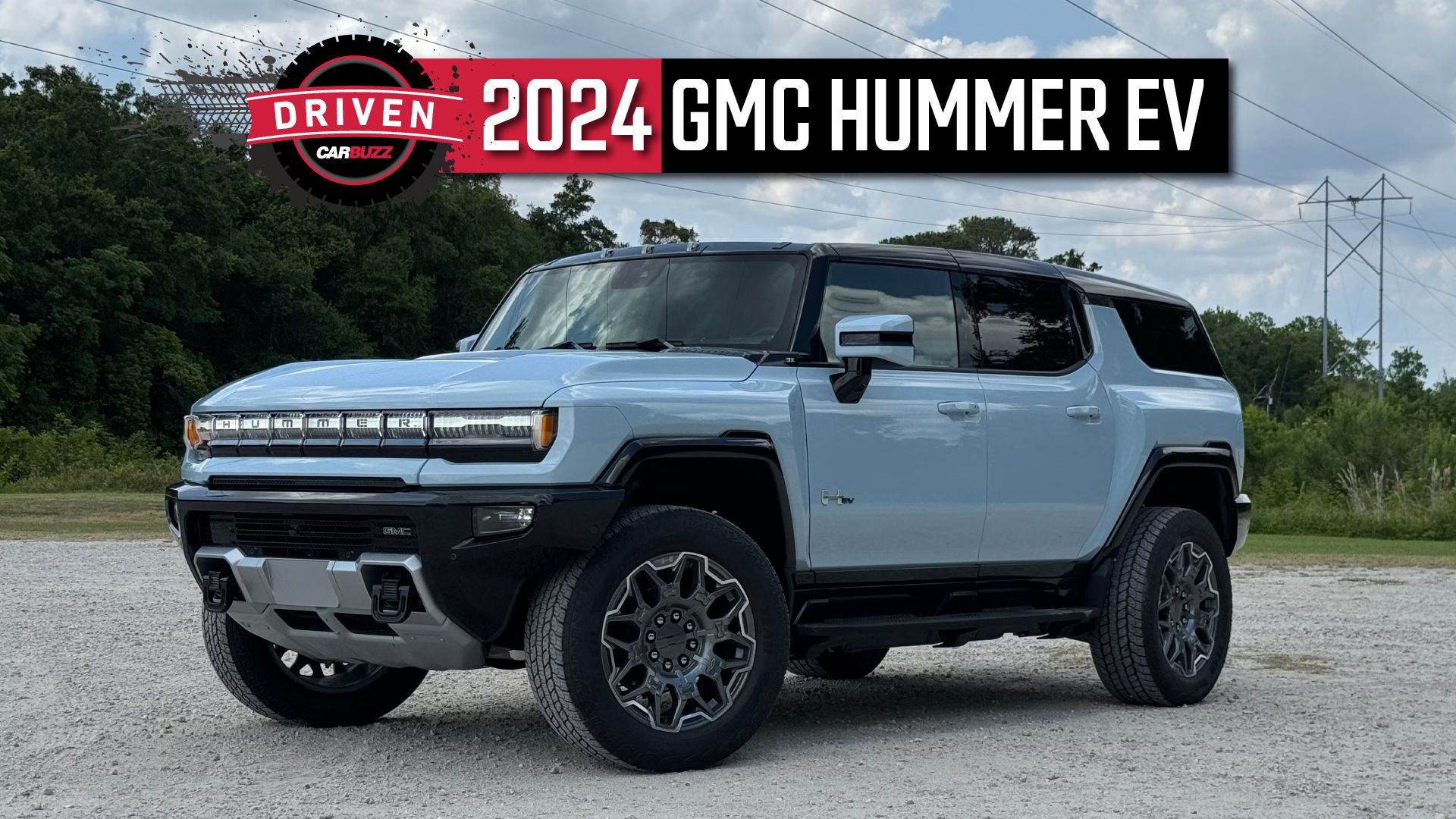
Related
Driven: 2024 GMC Hummer EV SUV Is Pure Automotive Controversy
The GMC Hummer EV SUV angers many buyers – but whether you like it or not, it’s an absolute powerhouse.
Am General eventually sold the rights to the Hummer to General Motors in 1999 but continued to make them until General Motors pulled the plug on the H1 in 2006. In the meantime, GM had designed their own Hummer, which would be called the H2. This version was a more civilian-friendly SUV, although still very large and square-shaped. AM General was still in charge of producing the H2, and would be until Hummer’s demise following General Motors’ Bankruptcy in 2009. General Motors also produced the H3, a smaller SUV built alongside the Chevrolet Colorado and GMC Canyon.
Now, onto the present. Today, the Hummer name was resurrected under the GMC brand as an all-electric SUV and pickup truck. Much like its spiritual great-grandfather, the Hummer H1, it’s a huge thing and weighs close to 9,100 pounds, potentially making it a danger on the road. Regardless, a Hummer should be big, and GMC agrees with that sentiment. Both dual and tri-motor configurations are available, with the latter producing up to 1,000 horsepower and 1,200 lb-ft of torque. As you may have guessed, you can, in fact, take the GMC Hummer EV2X and EV3X’s roof off, unlike any of the previous civilian Hummer models.
What Happened To Open Top SUVs?
As with many automotive fads, the open-topped SUV died out, although its death was long and drawn-out. In their heyday, open-top SUVs were almost commonplace, and loads of automakers had at least one model. SUVs like the Toyota 4Runner, Isuzu Rodeo, and Chevy Tracker could all be optioned with open roofs.
The main killjoy for the convertible SUV was practicality. As the world moved away from sedans and station wagons into SUVs for family transport, the SUV took on a more grown-up role and, largely, left its past as a fun-loving adventure mobile in the dust. Because two-door, convertible SUVs can’t haul your family of six around, automakers took the decline in sales as their cue to move on.
Another aspect of the convertible SUV’s failure is overall quality and roof fitment issues. Loads of convertible SUVs back in the day were prone to leaks, which led to wet cargo and moldy seats, and nobody likes a soggy bottom.
Sources: MotorTrend.com

